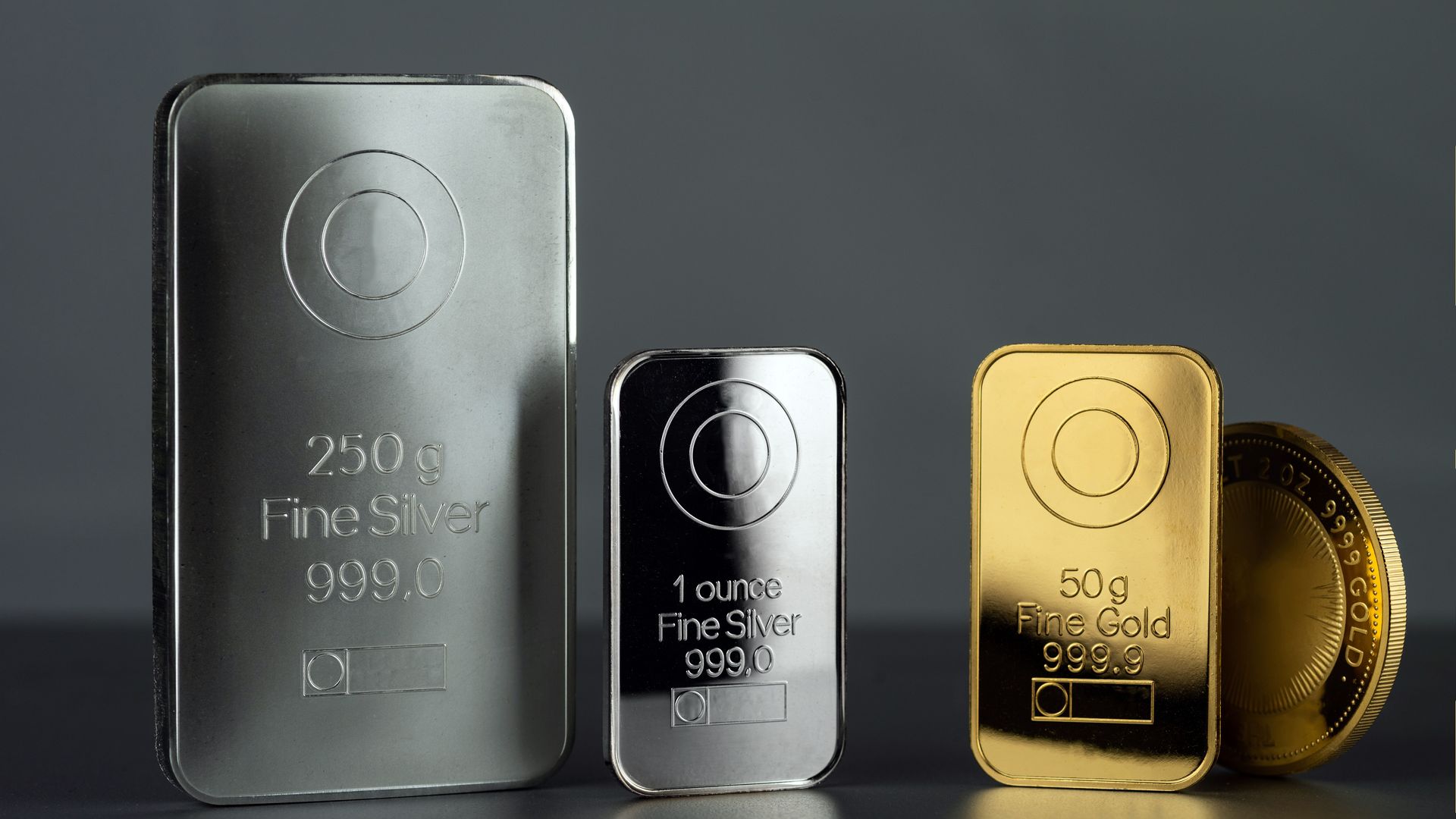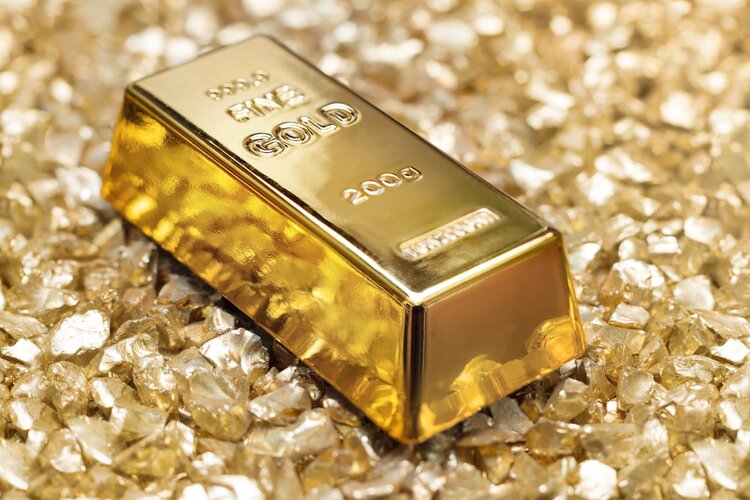The precious metals market is experiencing some volatility due to thin holiday trading, with gold prices benefiting and silver prices suffering. U.S. markets are closed for President’s Day, and major Canadian exchanges in Ontario are closed for Family Day, creating a low liquidity environment. Gold is in the recovery phase after last week’s selloff, while silver is seeing significant selling pressure as it failed to hold support above $23.50 an ounce.
Silver could see some profit-taking after last week’s strong recovery, during which it managed to end with a 7% rally off its lows. However, gold remains stuck in a well-defined trend with support at $2,000 and resistance around $2,050 an ounce. Analysts have noted that silver has a lot of room to the upside if inflation escalates, highlighting its potential in the precious metals space.
Last week, consumer and producer prices rose more than expected, pointing to an ongoing inflation threat. Meanwhile, gold’s rise is driven by a softening U.S. Dollar and increasing tensions in the Middle East, making it a preferred safe-haven asset. Despite gold’s range-bound movement, it remains an important safe-haven asset amidst geopolitical uncertainty in the Middle East.
In addition to its safe-haven appeal, analysts are observing Asia’s growing demand for gold. Chinese markets were closed for Lunar New Year celebrations last week, and gold’s rally began after they reopened, reflecting Asia’s insatiable appetite for the precious metal.
While gold may be facing volatility in the short term, analysts remain cautiously optimistic about its long-term potential, especially amidst ongoing geopolitical and economic uncertainties.
It is important to keep in mind, however, that investing in precious metals entails risks, and one should weigh these carefully before making any investment decisions.









